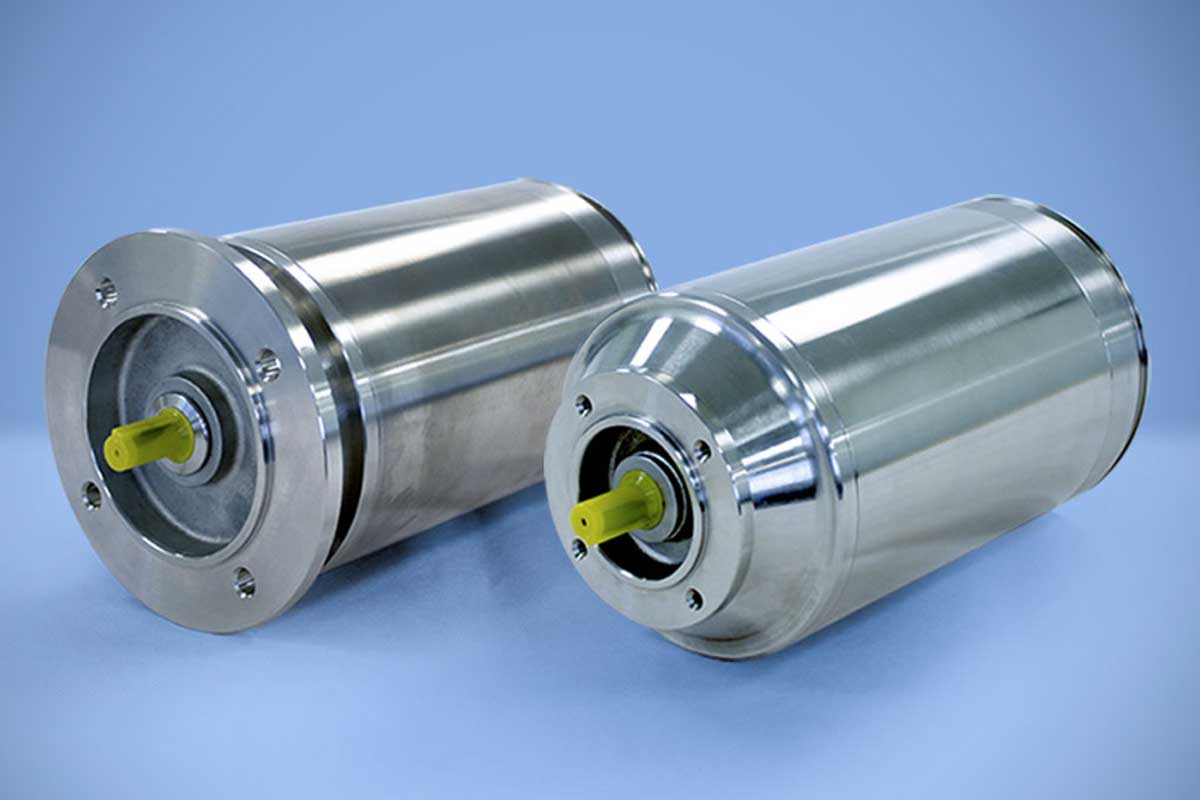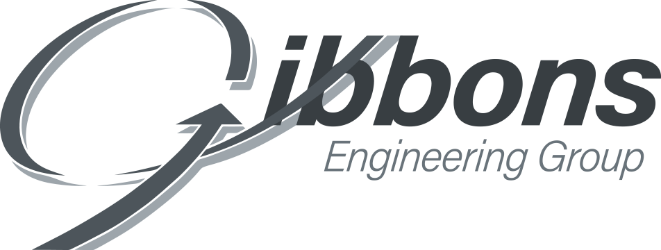
Electric motors are omnipresent in our modern world, powering everything from household appliances to industrial machinery. Their invention and evolution have reshaped industries, propelled innovation, and fundamentally transformed the way we live.
The story of electric motors begins in the 19th century with the pioneering work of scientists and inventors like Michael Faraday and William Sturgeon. Faraday’s discovery of electromagnetic induction in 1831 laid the groundwork for the development of electric motors. Sturgeon’s invention of the electromagnet in 1825 provided the means to produce a magnetic field with electricity.
The First Practical Electric Motor
It was in the 1830s that Thomas Davenport, an American blacksmith, built the first practical electric motor. Davenport’s breakthrough came in the 1830s when he constructed a simple but effective electric motor. His design consisted of a wire coil (armature) suspended between the poles of a horseshoe-shaped electromagnet. When an electric current passed through the coil, it created a magnetic field that interacted with the magnetic field of the electromagnet, causing the coil to rotate. In 1834, Davenport demonstrated his electric motor by building a small model electric car. This rudimentary vehicle, powered solely by electricity, amazed onlookers and showcased the potential of electric motors for transportation.
Davenport’s electric motor was simple compared to modern designs, but it laid the groundwork for future advancements in the field. His work inspired other inventors to further refine electric motor technology, leading to the development of more efficient and powerful motors in the decades that followed.
What set Davenport’s motor apart from previous experiments was its practical application. He incorporated a commutator—a device that reversed the direction of the current in the coil each time it reached a certain position—allowing the motor to continuously rotate. This innovation solved the problem of how to maintain continuous motion in an electric motor, making it suitable for powering machinery.
Advancements in the 19th Century
Throughout the 19th century, inventors and engineers continued to refine electric motor designs. Notable figures such as Nikola Tesla, Werner von Siemens, and Frank Sprague made significant contributions to the field. Tesla’s development of the alternating current (AC) induction motor in the late 1880s revolutionized the industry, enabling the efficient transmission of electrical power over long distances.
The Rise of Industrial Applications
The late 19th and early 20th centuries saw the widespread adoption of electric motors in various industrial applications. They powered machinery in factories, mines, and transportation systems, driving the Industrial Revolution forward. Electric motors offered greater efficiency, reliability, and versatility compared to steam engines and other mechanical power sources.
Electrifying Everyday Life
As electrification spread across cities, electric motors found their way into homes, businesses, and everyday appliances. Electric fans, washing machines, refrigerators, and vacuum cleaners became common household items, enhancing comfort and convenience for millions of people. In the 20th and 21st centuries, advancements in materials, electronics, and control systems have further improved electric motor technology. High-efficiency motors, brushless designs, and variable frequency drives have become standard in many applications, reducing energy consumption and environmental impact.
Electric Vehicles
One of the most significant developments in recent years has been the rise of electric vehicles (EVs). Electric motors power the propulsion systems of EVs, offering superior performance and zero emissions compared to internal combustion engines. The growing demand for sustainable transportation has propelled the rapid evolution of electric motor technology.
Gibbons Electric Motors
Gibbons Engineering Group has it’s own history with electric motors but started out as T.G Consultancy in 1969. The company began as a humble rewinds and repairs specialist in the village of Tollesbury, Essex, but the business evolved with the development of modern electric motors and began selling high quality electric motor, pumps, gearboxes and fans.
As we look to the future, electric motors will continue to play a crucial role in powering our increasingly electrified world. Advancements in renewable energy, energy storage, and smart grid technologies will further drive innovation in electric motor design and application.
From humble beginnings to powering the vehicles of tomorrow, the history of electric motors is a testament to human ingenuity and innovation. These remarkable devices have transformed industries, improved lives, and paved the way for a more sustainable future. As we stand on the cusp of a new era of electrification, the journey of electric motors is far from over, promising even greater possibilities yet to come.







